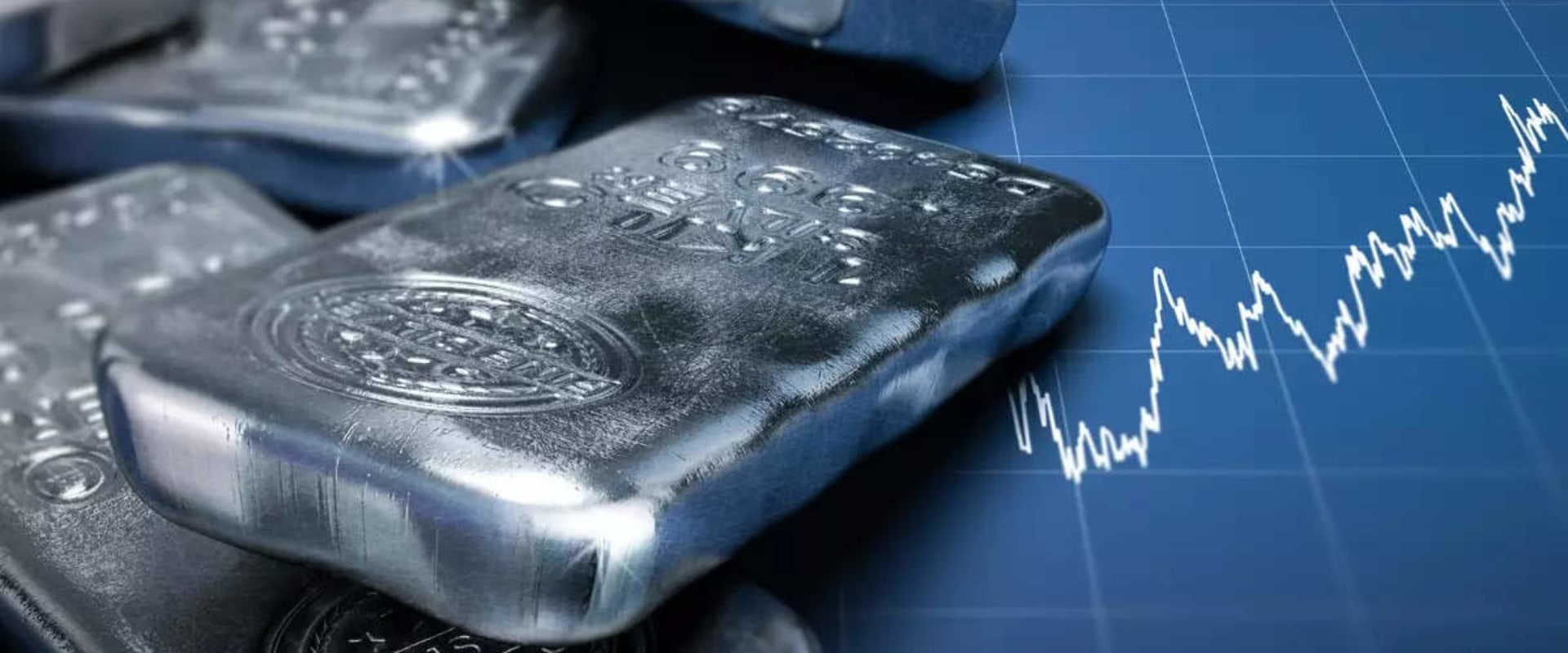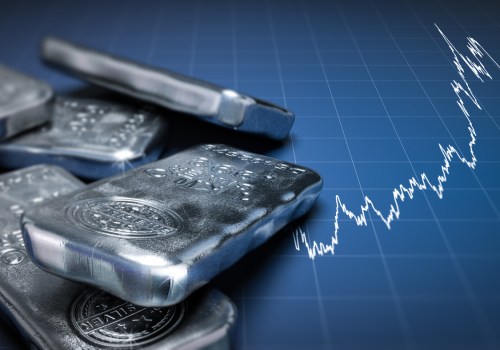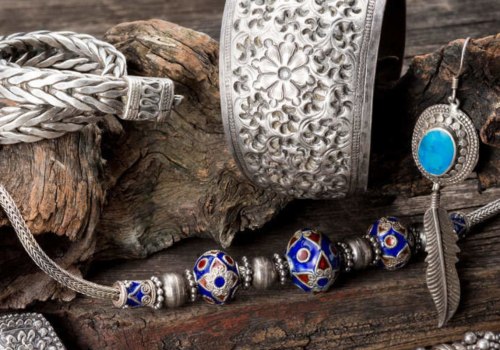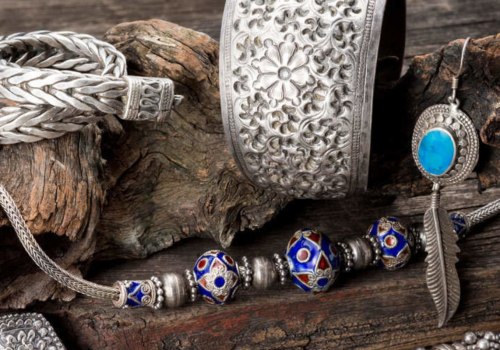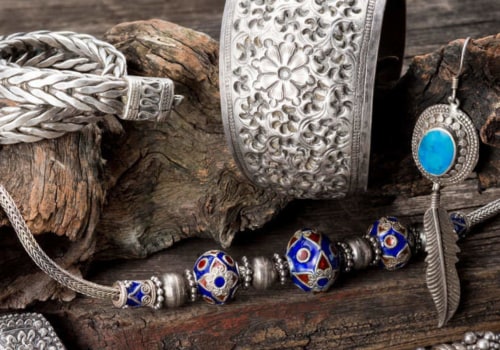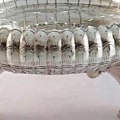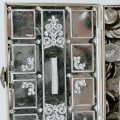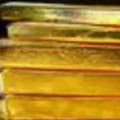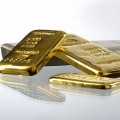Investing in silver can be a great way to diversify your portfolio and hedge against inflation. But with so many options available, it can be difficult to know which silver to invest in. From physical coins and bars to ETFs and futures contracts, there are a variety of ways to gain exposure to silver. In this article, we'll explore the different types of silver investments and help you decide which one is right for you.
The most direct way to own silver is to possess physical silver, either in the form of ingots or numismatic silver. Popular coins include the American Silver Eagle, Canadian Maple Leaf, and Austrian Philharmonic. You can buy silver through local dealerships and pawnshops or online stores such as APMEX or JM Bullion. More specialized dealers allow you to buy entire bars instead of just coins.
Traders can also bet on the silver market through an ETF that holds futures contracts through ProShares Ultra Silver (AGQ), although it's better as a short-term bet than as a long-term hold, due to the fund's structure. Silver futures are an attractive way to play in the silver market because of the large amount of leverage available in futures contracts. If you don't want to directly own physical silver, but you also want a lower-risk method than futures, you can buy an exchange-traded fund (ETF) that holds physical silver. Some contain shares of silver companies, while others invest in the metal itself or in futures contracts.
An ETF that owns physical silver will return the price of silver minus the cost ratio of the ETF. Mining companies are another option for investors who want exposure to silver. These companies are more than just representatives of silver, since they must discover and exploit silver deposits, and do so cost-effectively. Owning numismatic silver certainly has psychological value for collectors who enjoy the hobby, but that's not an investment consideration.
Mint produced silver coins for use as currency until 1964, and these coins are valued not only for their silver content, but also for their value to collectors based on their scarcity, status and popularity. The newest Silver Maple Leaf coins are available with MintShield, a patented transparent surface protector for the user that has been shown to significantly reduce the appearance of white spots on silver ingots. Investment silver is available in coins, bars and rounds in standardized weights (the most common are 1 ounce, 10 oz, kilos and 100 oz). When times get tough or the economy faces strong inflationary pressures, some investors turn to silver to hedge their bets or to invest more defensively. Investors should carefully consider their needs and evaluate the advantages and disadvantages of different types of silver investments as part of their due diligence process before investing. Investors can buy or sell silver futures contracts to expose themselves to changes in the price of silver.
Owning physical silver can bring the greatest peace of mind and satisfaction to investors who believe they need immediate access to precious metals in the event of an emergency, but it can also be one of the least efficient and most expensive ways to own silver. At GoldSilver, we're experts in precious metals and we're here to help you decide which type of silver investment is right for you. Whether you're looking for a long-term hold or a short-term bet on the price of silver, there's an option that's right for you.
